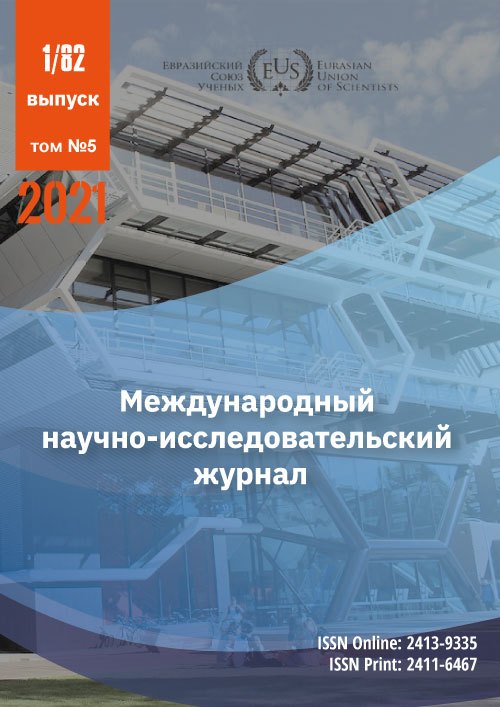ACCURACY IMPROVING OF PRE-TRAINED NEURAL NETWORKS BY FINE TUNING
Abstract
Methods of accuracy improving of pre-trained networks are discussed. Images of ships are input data for the networks. Networks are built and trained using Keras and TensorFlow machine learning libraries. Fine tuning of previously trained convoluted artificial neural networks for pattern recognition tasks is described. Fine tuning of VGG16 and VGG19 networks are done by using Keras Applications. The accuracy of VGG16 network with finetuning of the last convolution unit increased from 94.38% to 95.21%. An increase is only 0.83%. The accuracy of VGG19 network with fine-tuning of the last convolution unit increased from 92.97% to 96.39%, which is 3.42%.
References
Goltsova I. A., Gulamov A. A. Information support of the railway section, Proceeding of the Southwest State University. Series: Control, Computer engineering, Information science. Medical instruments engineering, 2017, vol. 7, no. 2(23), pp. 6–11. https://swsu.ru/izvestiya/seriesivt/archiv/2_2017.pdf
Maklakov E.S., Gulamov A.A. The collection of information control center. Proceedings of the Southwest State University. 2018;22(6):136-142. (In Russ.) https://doi.org/10.21869/2223-1560-201822-6-136-142
Maklakov E. S., Gulamov A.A. Optimizaciya «poslednih mil'» do udalennyh uzlov dostupa putem primeneniya tekhnologii LCAS. Modelirovanie, optimizaciya i informacionnye tekhnologii. Nauchnyj zhurnal, 2019.7(3). (In Russ.). http://moit.vivt.ru/. https://doi.org/ 10.26102/23106018/2019.26.3.039.
Konarev D.I., Gulamov A.A. Synthesis of Neural Network Architecture for Recognition of SeaGoing Ship Images. Proceedings of the Southwest State University. 2020;24(1):130-143. (In Russ.) https://doi.org/10.21869/2223-1560-2020-24-1-130-143
Bastiaan Sjardin, Luca Massaron, Alberto Boschetti Large Scale Machine Learning with Python, Packt Publishing, 2016. – 420 p.
Weiss K., Khoshgoftaar T.M., Wang D. A Survey of Transfer Learning Journal of Big Data. 2016. Vol. 3, No. 1. pp. 1-9. https://doi.org/10.1186/s40537-016-0043-6
Russakovsky, O., Deng, J., Su, H., et al. ImageNet Large Scale Visual Recognition Challenge. International Journal of Computer Vision (IJCV). Vol 115, Issue 3, 2015, pp. 211–252
CC BY-ND
A work licensed in this way allows the following:
1. The freedom to use and perform the work: The licensee must be allowed to make any use, private or public, of the work.
2. The freedom to study the work and apply the information: The licensee must be allowed to examine the work and to use the knowledge gained from the work in any way. The license may not, for example, restrict "reverse engineering."
2. The freedom to redistribute copies: Copies may be sold, swapped or given away for free, in the same form as the original.







